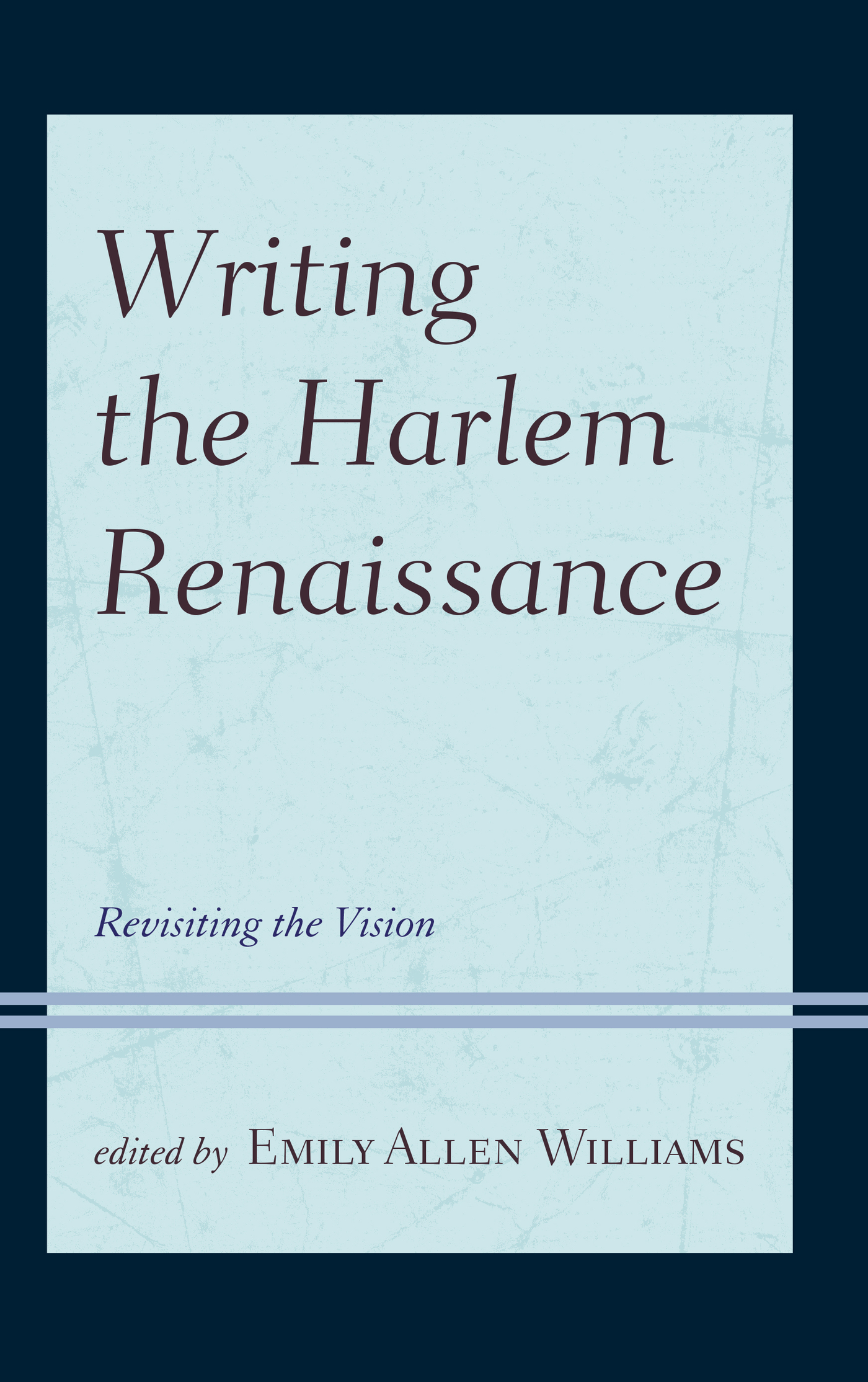Writing the Harlem Renaissance
Writing the Harlem Renaissance
Revisiting the Vision
Edited by Emily Allen Williams
LEXINGTON BOOKS
Lanham Boulder New York London
Published by Lexington Books
An imprint of The Rowman & Littlefield Publishing Group, Inc.
4501 Forbes Boulevard, Suite 200, Lanham, Maryland 20706
www.rowman.com
Unit A, Whitacre Mews, 26-34 Stannary Street, London SE11 4AB
Copyright 2017 by Lexington Books
All rights reserved. No part of this book may be reproduced in any form or by any electronic or mechanical means, including information storage and retrieval systems, without written permission from the publisher, except by a reviewer who may quote passages in a review.
British Library Cataloguing in Publication Information Available
Library of Congress Cataloging-in-Publication Data Available
ISBN 978-0-7391-9680-9 (cloth : alk. paper)
ISBN 978-0-7391-9681-6 (electronic)
 TM The paper used in this publication meets the minimum requirements of American National Standard for Information Sciences Permanence of Paper for Printed Library Materials, ANSI/NISO Z39.48-1992.
TM The paper used in this publication meets the minimum requirements of American National Standard for Information Sciences Permanence of Paper for Printed Library Materials, ANSI/NISO Z39.48-1992.
Printed in the United States of America
Preface
Emily Allen Williams
Four years ago, when I was Founding Dean of the School of Arts and Sciences at Paine College (Augusta, GA), I also served as Director of the 11th Annual Conference on the Harlem Renaissance. That year, we went large and broad and took the conference to one of Augustas largest conference hotels for the most expansive ever conference at Paine College. The conferences topic of discussion was The Harlem Community: Contemporary and Historical Enclave of Creativity. Held from November 79, 2012, participants came from across the United States with some coming from the Caribbean and United Kingdom. Conference participants not only explored the contemporary and historical significance of the Harlem community but also examined the critical role of the Harlem community and its impact nationally and globally. Areas of examination included but were not limited to:
The Apollo Theater: Present and Past
The Studio Museum in Harlem
Harlem Restaurants: Sylvias and Red Rooster
The Harlem Globetrotters
Democracy Prep Charter Middle School and Democracy Prep Harlem
Contemporary and Historical Harlem Jazz Culture
Patronage During the Harlem Renaissance
Opportunity and Crisis: Impact During the Harlem Renaissance
Intersections of Race, Class, and Culture: Views of Contemporary and Historic Harlem
Erotic and Exotic Renderings towards Misinterpretations of the Harlem Renaissance
As I moved from session to session and talked with participants outside conference breakout rooms, I knew that I had to capture the very best of the presentations in such a way that people who could not attend the conference would be exposed to the deliberate thinking and cutting-edge discourse that dominated the three-day conference. And, so I did by reaching out less than a month later to invite participants to submit [edited] papers for publication consideration. Along the way, some participants [for one or more reasons] were unable to participate in this novel publication, and, notably, this publication has taken much longer to complete than I had originally imagined. Some of the contributors in this volume joined in as a result of a Call for Papers specific to this publication; other contributors will remember our glorious three days in November, 2012, at The Conference on the Harlem Renaissance in Augusta, Georgia.
From 2012 to the present, I moved a few times and took on new administrative roles at two universitiesfirst, Texas Southern University, and now the University of the Virgin Islands. This publication is proof of never giving up a vision due to the passage of time or change of geographical location. There were more proofs and/or lessons that I learned on the way to this publication. Just last year, my computer was stolen from my car, and I had to learn the lesson of backing up my files, which delayed this publication even further. Yet, the vision still was not lost. Contributors so graciously resubmitted essays, bios, and consent forms as we moved closer to this moment of your reading this text.
So, here we are in a discourse on various aspects of a period that has captured my attention from the first timein elementary schoolthat I read about the Harlem Renaissance in a history class. I embraced it, even then, not only as an artistic flowering but also as a reminder of humanitys individual and collective moments of striving and imagining a world beyond the confines of color, race, and status. I told myself at the age of ten that I would write a book that highlighted [why] this period warranted only a few paragraphs in the history books (in the days of my youth), whereas the period of the Civil War warranted ever so much historic discourse and publication space. I was particularly curious about this difference as the Civil War was the fulcrum in answering the question of whether this nation, born of a declaration that all men were created with an equal right to liberty, would continue to exist as the largest slaveholding country in the world.
I believed then, and know now, that there is much to discover about the Harlem Renaissance and not from mystical and imaginative stances but from ones that are more excavatory like the work undertaken by archaeologists. In Herb Boyds Baldwins Harlem: A Biography of James Baldwin, he and Baldwin comment on the period beyond what I brand as mystical and imaginative theory and criticism to say:
If the storied Harlem Renaissance was in full bloom following the success of the Broadway production of Shuffle Along in 1921, it was a cultural phenomenon that bypassed most Harlemites struggling to make ends meet.... Baldwin seldom mentioned this glorious era that has gained its own special niche in American history. In Notes for a Hypothetical Novel, he wrote with a rather dismissive tone that as I was coming into the world there was something going on called the Negro Renaissance.... The Negro Renaissance is an elegant term which means that white people had then discovered that Negroes could act and write as well as sing and dance and this Renaissance was not destined to last very long.... Such Harlem literary stalwarts as Rudolph Fisher, Claude McKay, Zora Neale Hurston, Jean Toomer, Wallace Thurman, W.E.B. DuBois, Nella Larsen, Dorothy West, Jessie Fauset, Walter White, Carl Van Vechten (one of the few whites able to gain entry in the salons without being charged with slumming), and other prominent writers of the period, if mentioned at all, are given short shrift. Van Vechten is given a special nod in the foreword Baldwin wrote for Bobby Seale in 1977, where Baldwin points out that Nigger Heaven, Van Vechtens novel, was published around the time of his birth. However, rat and roach-infested Harlem was hardly a heaven, he recalled.
Synthesizing my thinking with that of James Baldwins Harlem as a place beyond the mystical theoretical imagining and critical posturing (so often portrayed in books, film, and paintings as literary, visual, and performative paradises), the contributors in this volume have taken some novel and unapologetic approaches in their critical discussions of works by literary artists, journalists, and sociologists. Indeed, the discourse here extends beyond both the tried and true corridors too often traversed by our most well-known cultural and literary scholars. In his essay entitled, Three Notes Toward A Cultural Definition of The Harlem Renaissance, Gerald Early asserts:
Next page
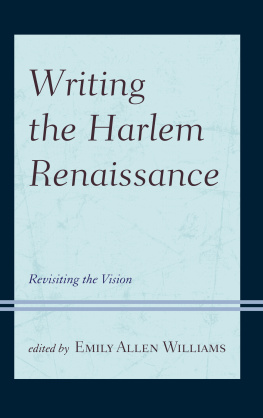


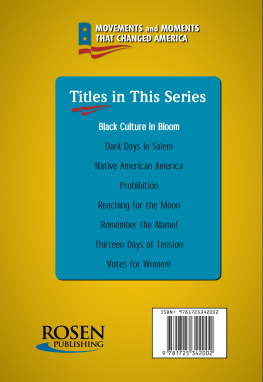
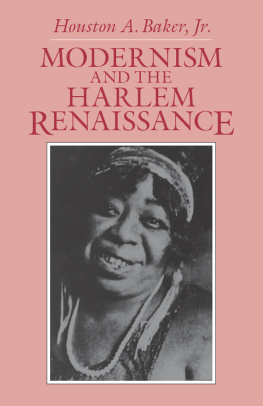
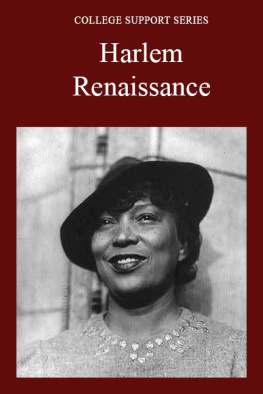

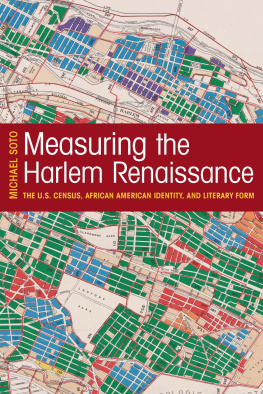
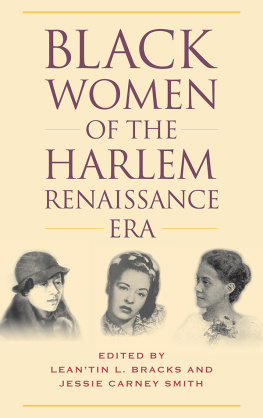

 TM The paper used in this publication meets the minimum requirements of American National Standard for Information Sciences Permanence of Paper for Printed Library Materials, ANSI/NISO Z39.48-1992.
TM The paper used in this publication meets the minimum requirements of American National Standard for Information Sciences Permanence of Paper for Printed Library Materials, ANSI/NISO Z39.48-1992.